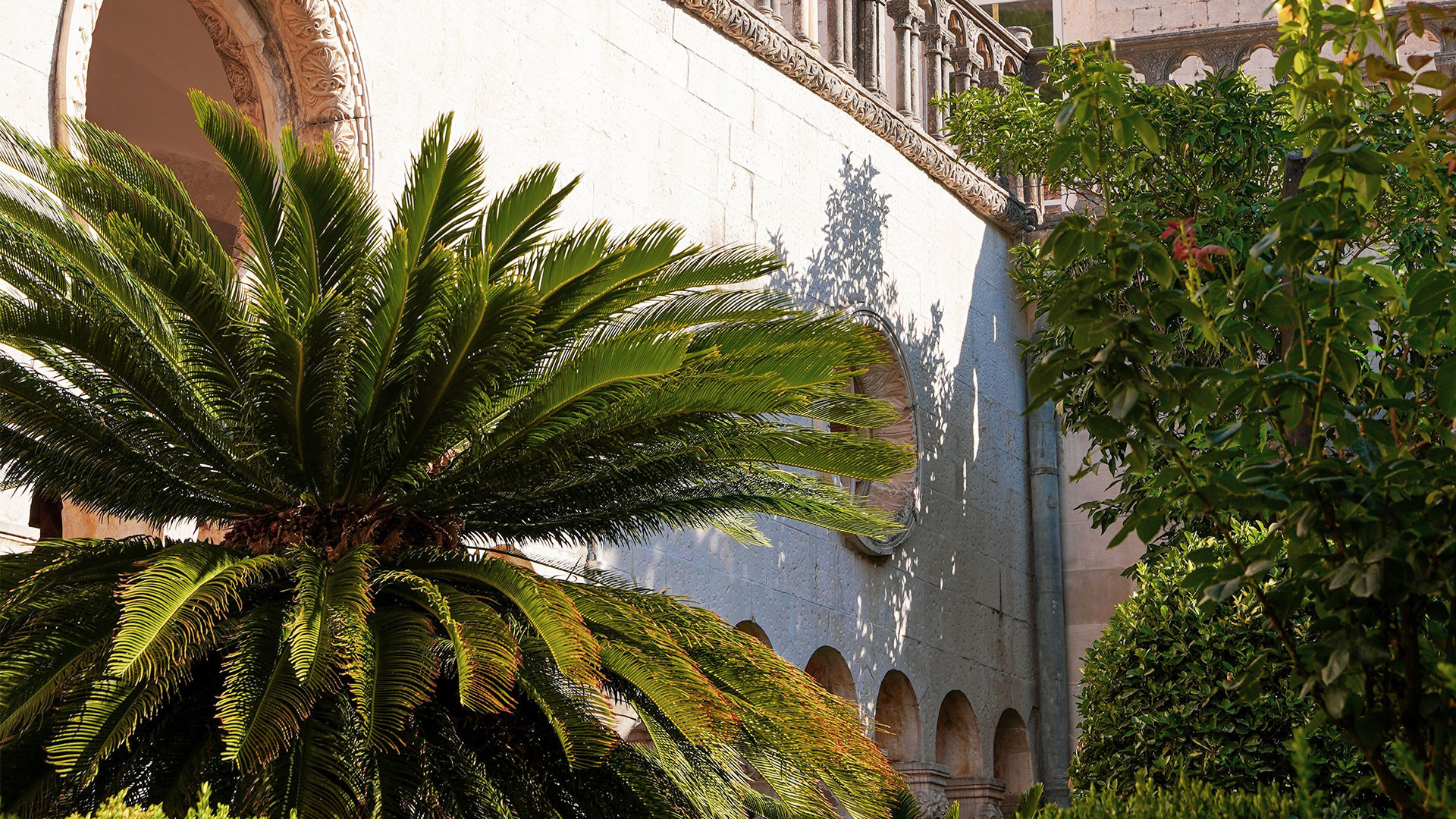
15th Century Summer Houses
Mediterranean life, culture of living during the Dubrovnik Republic and extraordinary beauty are a testimonial of an aesthetic thoughts and the greatest expression of Dubrovnik civilization as well as an important contribution to European art history.
Ljetnikovci (summer houses) were places where people enjoyed the quiet beauty of nature, a place of leisure and enjoyment which encouraged them to share spiritual thoughts through artistic creations. Its architecture was blended with arts such as horticulture, literature and painting. Ljetnikovci (summer houses) in Dubrovnik were a reflection of the quality of Renaissance life and were unaffected by the influence of architecture of other Mediterranean countries. According to historical archives, they were constructed by knowledgeable and expert craftsmen from Dubrovnik and Korčula.
Countryside architecture in Dubrovnik can be found in Ploče, Gruž, Lapad, Rijeka Dubrovačka, Zaton, Koločep, Lopud, Šipan, Župa, Šumet, and later in Dubrovačko Primorje and in Pelješac area.
The Bunić-Kaboga summer house is a classic monument of Dubrovnik's Gothic-Renaissance architectural design of the 15th and 16th centuries. It belongs to a group of summer houses built on the southern bank of the Rijeka Dubrovačka, in the area called Batahovina. This area has shaped the landscape in a specific way, due to different geographical configurations of the land. Because it gently sloped down to the coastlines and received more sun throughout the day, the northern coast was more suited for agriculture, while the southern one was better suited for summer houses.
The feudal family of Bunić (Bona) had property on Batahovina already in the 14th century, and today's summer house was built during the time of Miho (Junijev) Bunić. According to the research findings, its construction dates back to between 1520 and 1540. After the earthquake in 1667, the summer house was in the possession of the noble family of Kaboga.
Starting with Marin-Marojica Bernardov Kaboga, the summer house was owned by members of the same family. In the second half of the 19th century, Bunić-Kaboga and the neighbouring Stay summer house became the property of the same owner. Their gardens are connected by walkways both on the ground floor and on the first floor. In the 20th century, the summer house changed several owners and users.
After the renovation, the Bunić-Kaboga summer house shined with its full splendour and became a meeting place for lovers of Dubrovnik's rich heritage. Today, this valuable building is offered for commercial use, thus bringing this historical material closer to those who need it - people. In its composition, the summer house also has a chapel where church ceremonies can be held. Organization of concerts of serious and entertaining music, exhibitions, workshops, weddings, baptisms, anniversaries, lectures, and other events, brought this beautiful palace back to life.
Dubrovnik’s countryside is rich in cultural treasures, offering visitors a unique window into the region’s stunning natural landscapes, history and traditions.
